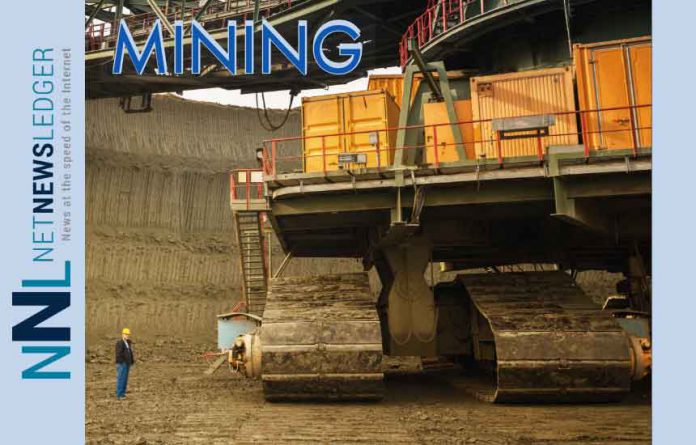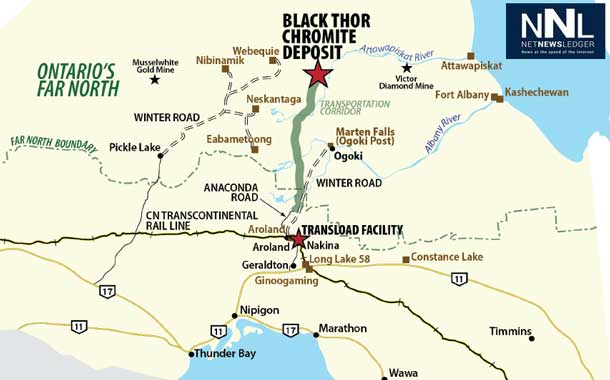Author: Dr Jack Howley, Technology Analyst at IDTechEx
The EU, USA, Japan, and numerous other regions identify rare earth elements as critical materials due to growing supply risks and their increasing economic importance in the green transition. Although critical rare earth elements have diverse technology applications – including in lighting, catalysis, and batteries – permanent magnets have become central to rare earth supply and demand challenges.
Permanent magnets, which contain critical neodymium, praseodymium, terbium, and dysprosium elements, are widely used in electric vehicle motors and wind turbine energy generators. As rare earth element use consolidates in these magnet applications, end-of-life magnets are set to become a key alternative source of critical rare earth materials to primary mineral sources. IDTechEx predicts that US$1.2B of critical rare earth elements may be recovered from secondary sources such as permanent magnet motors by 2045.
Why rare earth magnets are important
In 2023, magnet applications represented 29% of global rare earth demand by weight. Rare earth permanent magnets, namely neodymium (NdFeB) and samarium-cobalt magnets, are used to interconvert electrical and kinetic energy. As such, rare earth magnets are commonly employed in electric vehicle motors and wind turbine energy generators. Other common applications include hard disk drive actuators, medical equipment such as MRI instruments, and audio speaker equipment.

Global rare earth demand by application and common magnet uses. Source: IDTechEx
Impending international climate targets reliant on decarbonized energy and transport technology are driving demand for rare earth permanent magnets. Rare earth permanent magnet motors used in electric vehicles typically provide the highest power, torque density, and efficiency, with low associated manufacturing costs, compared to competing motor technologies. As such, rare earth magnet motors have maintained over 77% of the electric car motor market for the last 9 years. IDTechEx predicts that the number of electric motors deployed is set to double by 2035.
The impact of rare earth supply challenges on magnets
The high regional concentration of rare earth supply and refining capacity poses a persistent risk to the magnet market. China processes over 90% of rare earth elements globally each year – in the case of heavy rare earth elements, such as dysprosium and terbium, this number is nearly 100%. Regional supply concentration also extends downstream, where 92% of the highest value-add magnet alloy production (e.g., NdPr and NdFeB) and magnet manufacturing stages occur in China.
The price of key magnet materials has been volatile in recent years as a result of rare earth supply challenges. In 2011, rare earth export restrictions imposed in China drove an over 7-fold increase in the price of neodymium, while the price of dysprosium rose by approximately 2000%. More recently, rare earth prices peaked in 2022 at around 4 times its average over the previous 8 years. The potential for further price volatility continues to present considerable risk to rare earth magnet markets in the face of growing demand.
China’s latest export ban on rare earth extraction and separation technologies has increased the market pull for alternative magnet precursor sources. In September 2024, New Zealand became the latest nation to identify rare earths as critical materials, joining the EU, USA, UK, Japan, and more. The emergence of critical material lists worldwide underscores the growing demand to develop domestic supply and processing capacity of critical rare earth materials.
How rare earths can be recovered from end-of-life magnets
The limited availability of primary rare earth mineral supply in many regions positions end-of-life magnets as a key alternative source of critical rare earth elements. Permanent magnets can contain greater rare earth content than many primary mineral sources. For example, a NdFeB magnet contains approximately 33% by weight of rare earths, including up to 31% of neodymium. In contrast, low rare earth content minerals typically mined contain around 1% by weight.
Emerging players are taking different approaches to recover neodymium, praseodymium, terbium, and dysprosium from end-of-life magnets.
Long-loop recovery processes extract, separate, and recover critical rare earths from magnets into isolated rare earth oxides. Conventional solvent extraction technologies are being developed by companies like Ionic Technologies, Carester, and Shin-Etsu Chemical, while ReElement uses a chromatographic separation process to recover rare earth elements from magnets with reduced solvent usage.
An advantage of long-loop rare earth recovery is that processes can be supplemented with primary mineral feedstocks if needed. Moreover, the ability to sell isolated, rare earth oxides into a variety of application markets (beyond magnets) helps to sustain business models in the early stages while magnet recycling streams become established.

Long- and short-loop critical rare earth recovery from end-of-life magnets. Source: IDTechEx
Short-loop recovery directly processes rare earth magnets into pure recycled magnet material. Noveon Magnetics uses powder metallurgy, a high-temperature sintering process, to recycle end-of-life magnets into new magnets that retain 84% of their original magnetic strength. Alternatively, HyProMag employs a hydrogen decrepitation process (reaction with hydrogen gas) to extract pure NdFeB alloy from end-of-life rare earth magnets.
IDTechEx estimates that 195 tonnes of rare earth magnets will be recycled in 2024 using short-loop processes. As rare earth element use consolidates in magnet applications, short-loop processes are expected to become increasingly compelling recovery strategies due to their improved energy and chemical efficiencies over long-loop solutions.
Conclusions and market outlook
The electrification of vehicle fleets globally continues to create demand for rare earth magnets. This demand is unlikely to waver – with China being the largest electric vehicle market, rare earth permanent magnet motors are expected to retain the majority of the electric motor market share. While critical rare earth refining and magnet processing capacity will remain consolidated in China for the foreseeable future, this presents a clear opportunity for the development of alternative rare earth sources, in particular, recovery from magnets themselves.
IDTechEx forecasts that US$1.2B worth of critical rare earth elements can be recovered annually from secondary sources by 2045, with the value of rare earth elements recoverable expected to grow at a CAGR of 14.9%. The jury is out on whether long-loop or short-loop recovery strategies are most suitable. A current focus of emerging rare earth recyclers is developing sustainable business models until significant volumes of end-of-life material become available for recovery. In this respect, long-loop processers are well positioned, with key players currently supplementing feedstocks with mining tailings and other primary mineral supply from junior mines in North America, Australia, and central Africa.
For more information on IDTechEx’s research on this topic, please see the report “Critical Material Recovery 2025-2045: Technologies, Markets, Players“. Downloadable sample pages are available for this report.
For the full portfolio of sustainability market research available from IDTechEx, please visit www.IDTechEx.com/Research/Sustainability.
About IDTechEx
IDTechEx provides trusted independent research on emerging technologies and their markets. Since 1999, we have been helping our clients to understand new technologies, their supply chains, market requirements, opportunities and forecasts. For more information, contact research@IDTechEx.com or visit www.IDTechEx.com.






